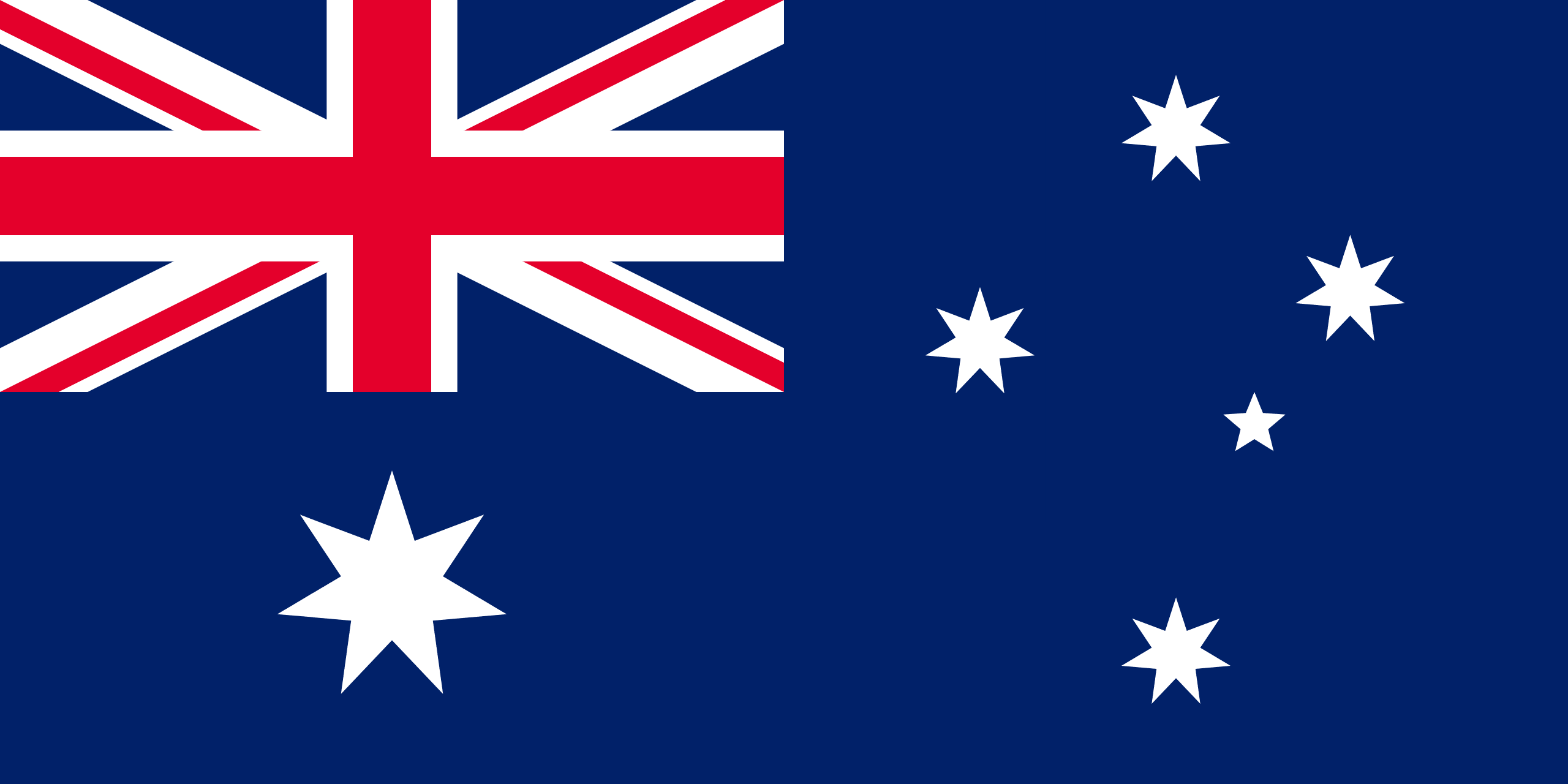AUSTRALIA
Australia, officially the Commonwealth of Australia, is a sovereign country comprising the mainland of the Australian continent, the island of Tasmania, and numerous smaller islands.
With an area of 7,617,930 square km Australia is the largest country by area in the Pacific and the world’s 6th-largest country.
Indigenous Australians have inhabited the continent for approximately 65,000 years. The European maritime exploration of Australia commenced in the early 17th century with the arrival of Dutch explorers. In 1770, Australia’s eastern half was claimed by Great Britain and initially settled through penal transportation to the colony of New South Wales from 26 January 1788, a date which became Australia’s national day.
The European population grew steadily in subsequent decades, and by the time of an 1850s gold rush, most of the continent had been explored by European settlers and an additional five self-governing crown colonies established. On 1 January 1901, the six colonies federated, forming the Commonwealth of Australia. Australia has since maintained a stable liberal democratic political system and wealthy market economy.
Australia’s population of 26 million is highly urbanised and heavily concentrated on the eastern seaboard. Canberra is the nation’s capital, while the 5 largest cities are Sydney, Melbourne, Brisbane, Perth, and Adelaide. Australia’s demography has been shaped by centuries of immigration, with immigrants accounting for 30% of the country’s population, the highest proportion among major Western nations.
Australia’s abundant natural resources and well-developed international trade relations are crucial to the country’s economy, which generates its income from various sources including services, mining exports, banking, manufacturing, agriculture and international education.
